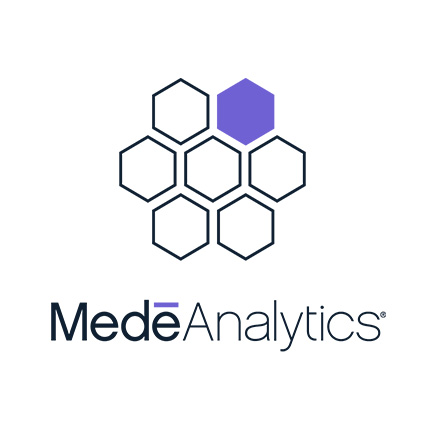Intelligence vs Documentation
Amy: Actively analyzes and interprets clinical documentation with 99.2%+ coding accuracy using advanced AI algorithms
EHRs: Primarily store and organize patient data without intelligent code interpretation or suggestion capabilities
Automation vs Manual Processing
Amy: Fully automated medical coding that processes complex provider notes instantly without human intervention
EHRs: Require manual code entry by human coders, leading to potential errors and processing delays
Specialization vs General Purpose
Amy: Purpose-built AI medical coder specializing exclusively in ICD-10, CPT, and HCPCS coding across multiple medical specialties.
EHRs: General-purpose patient management systems with basic coding modules as secondary features.
Proactive vs Reactive Approach
Amy: Proactively identifies coding opportunities, documentation gaps, and compliance issues before claim submission.
EHRs: Reactively store coded information after human coders have already processed the documentation.
Revenue Optimization vs Record Keeping
Amy: Designed to maximize revenue capture through accurate coding, reducing claim denials and improving collections.
EHRs: Focus on clinical workflow and patient record management rather than revenue cycle optimization.
Continuous Learning vs Static Systems
Amy: Continuously updates with new coding guidelines, regulations, and medical procedures through AI learning
EHRs: Require manual updates and configuration changes for new coding requirements and regulations.



















